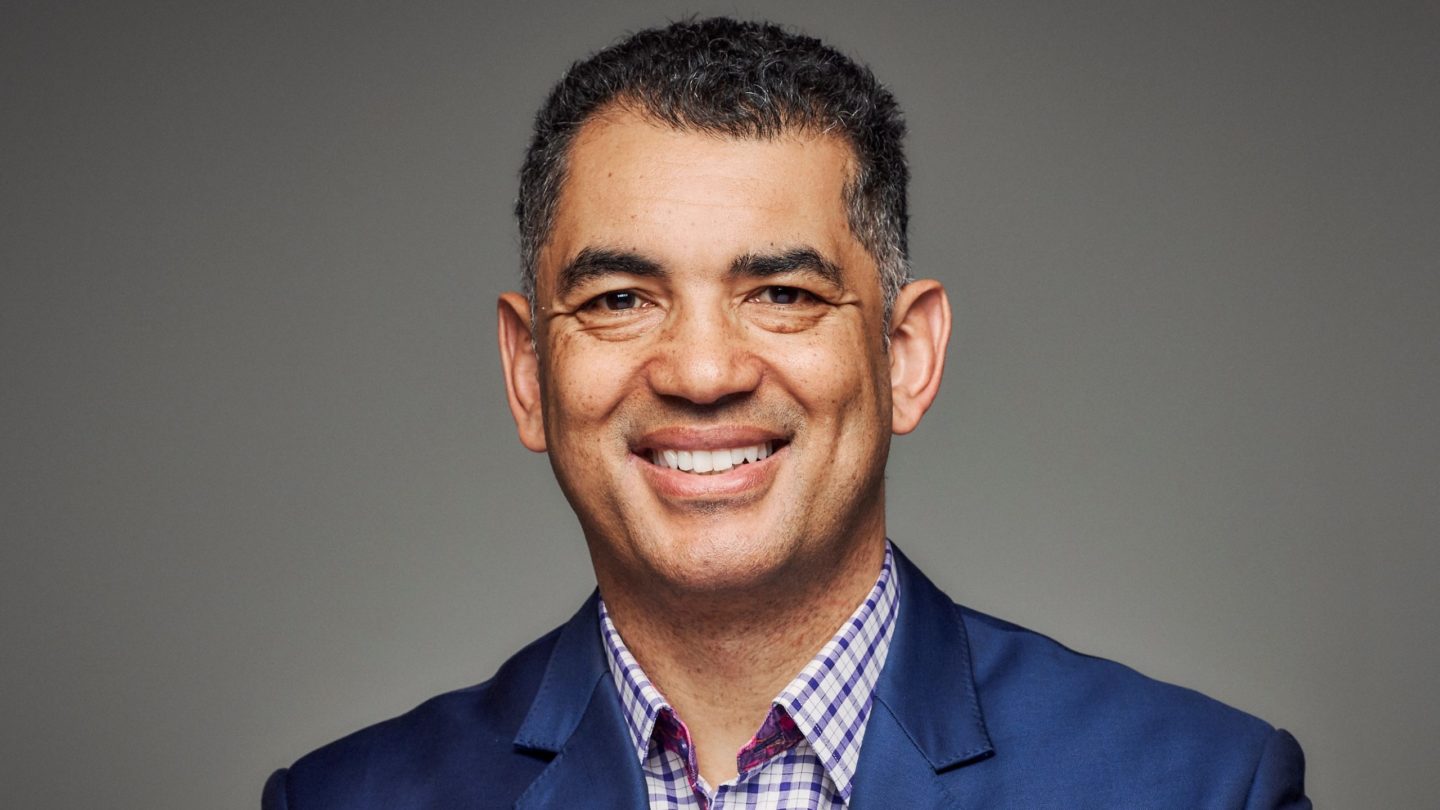Over the last 12 months or so, extreme weather events, fires, floods and droughts have increased around the world. Consumers have seen the impact of climate change not only in their daily news feeds but in their portfolios too.
Clean power stocks have charged ahead as governments and investors back decarbonisation, while some fossil fuel companies have struggled as a result of a combination of the pandemic and investor sentiment moving towards sustainable stocks and bonds.
The impact of sustainability on an investment’s risk and its suitability for a portfolio is now front and centre in the minds of governments, regulators, managers, advisers and clients.
Nor is it just environmental risks that are of concern either – social or governance events that could cause a negative material impact on the value of an investment are in the spotlight too. Consider how labour standards in global supply chains or corporations’ business ethics are increasingly being called out as sources of material risk.
While the risks of physical events are becoming increasingly evident, markets are also concerned by the transition risks associated with changes in global sentiment, politics or labour policy, all of which can prompt a reassessment of the value of assets. Further out, there are liability risks – yet to be quantified – as those impacted by climate or social change potentially seek compensation in years to come.
Pace of change
All the while, the pace of change is quickening as governments and investors accelerate their plans to transition their economies and companies toward sustainable practices. BlackRock CEO Larry Fink’s letter to investors at the start of this month set out the company’s commitment to supporting net zero greenhouse gas emissions across its portfolio by 2050, based on its view there is now a fundamental reallocation of capital towards sustainable assets. Last year, Barclays announced a net zero target for companies it lends to and similar pledges have been made by the likes of HSBC and JP Morgan Chase.
Against this backdrop, financial advisers and other professional investors are increasingly talking about the issue of sustainability and its associated risks and opportunities, with clients. A survey carried out last year by Dynamic Planner revealed more than half (55%) of advisers discussed sustainability with clients during their reviews while four-fifths (83%) of them wanted more information on the sustainability of investments.
So how do advisers and managers measure sustainability risks and opportunities – and then explain them and account for them in their portfolio construction and recommendations? The short answer is that markets do not yet have a clear way of doing this and pricing these risks.
This is the case for several reasons, but three key ones are:
* The lack of a consistent, objective disclosure of a company’s activities in relation to significant environmental, social and governance (ESG) risks and the practice of ‘greenwashing’ – that is, the description of an investment in a manner that is designed to imply sustainable credentials when the reality is different.
* Externalities – that is to say, the wider cost paid by the environment or society as a result of a company’s activities are not easy to understand or measure, let alone price.
* Looking longer term, the scale, incidence and impact of potential risks are very uncertain and thus difficult to factor in. Five years ago, then Bank of England governor Mark Carney called this the ‘tragedy of the horizon’ as investors at the time chose to discount the very long-term risks.
Measurement is key
At the heart of all this lies measurement and the need for the consistent, objective assessment of the issues and drivers of sustainability – and of climate change in particular.
Regulators around the world are driving this agenda. From 10 March 2021, the European Union’s Sustainable Finance Disclosure Regulation (SFDR) on sustainability-related disclosures in the financial services sector must be implemented. Naturally, UK managers distributing in the EU are already preparing for this.
The UK regulator has meanwhile said it is “working closely with the government and other regulators on how to implement the EU’s proposals in the UK.” Already this year, new regulations in line with the Task Force on Climate Related Disclosure – a global initiative mandated by the G20’s Financial Stability Board – require stricter disclosures from certain listed companies on a UK stock exchange.
As better data becomes available through these disclosures, so investment analysis around the risks and opportunities will improve. Going beyond manager questionnaires and self-descriptions is important in order to build factor models based on publicly available information that accurately capture historic patterns and allow for forward-looking risk assessment without the absolute reliance on opinions. In this way, we will match how models today take a view on the risk associated with value, small cap stocks, or corporate or government bonds.
As an example, our own approach at Dynamic Planner, where we consider a wide range of risk factors of each individual holding when assessing the overall risk of a solution, has been to incorporate whole-of-market ESG data from MSCI, one of the world leaders in gathering sustainability information from public sources. We have made this available to advisers to discuss with their clients so they can hold objective conversations and help them compare ‘apples with apples’ in an ESG context.
Over time, we are interested in understanding which factors do or do not play a role in the risk of an investment – in particular against its risk profile peer group, as we do today, for example, with liquidity and credit risk.
Without doubt, we are only part way along the ESG assessment journey. From an adviser’s perspective, the key is to use the tools and data available now and guard against letting ‘perfect’ be the enemy of ‘good’ in terms of holding meaningful discussions with clients. As the measurement of sustainability improves, the market will become more accurate in its assessment of risks.
Ben Goss is CEO of Dynamic Planner







